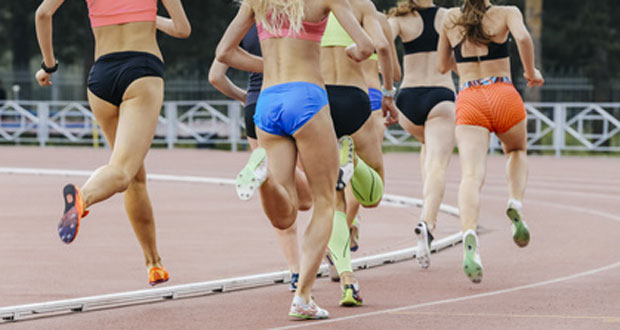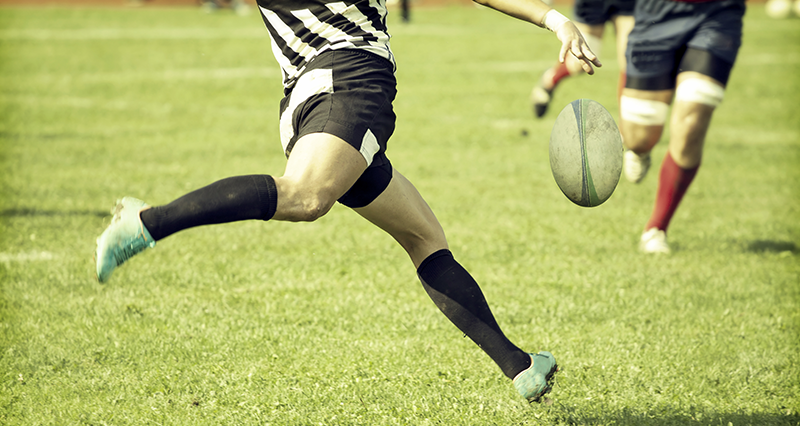A good way to support the development and retention of throwing skills and technique is through the use of drills or practices. These practices can break down the skill into much more manageable chunks and allow the athlete to learn one step at a time, giving them extra time to perfect the technique. This is much more beneficial than just giving an athlete a hammer and letting them throw it.
Practices, therefore, play a major part in helping the athlete develop the correct technique and build confidence in their throwing ability. It is during the conditioning phase (October to December) when there is more emphasis on these practices, reducing to a much lower level during the strength phase (January to April) and competition phase ( May to September).
Practices can also be particularly useful for the adolescent athlete during summer growth spurts when coordination is sometimes affected. Going back to basics with practices for a session or two can help as the body realigns (axons and myelinization) itself following a growth spurt.
It is recommended to teach these practices in sets which use around four specific practices that help develop movement through the whole or part range of the technique. In each set complete each practice before moving onto the next one and look to do between 3 to 5 reps.
All the D-ball practices can be done inside a throwing cage and be thrown into the net so you can practice them many times in a short period. A D-ball is a medicine ball that has had a handle cut into one side. Depending on the size of the throwing cage you can safely have 3 to 4 athletes training simultaneously. For most age groups a 1kg to 1.5kg D-ball would be of sufficient weight, although a senior athlete may prefer a heavier D-ball of 2-3kg. The reason why a light loading is used for this type of training is because the emphasis is on improving technique (skill development) not throwing the D-ball, i.e. high volume, low intensity.



